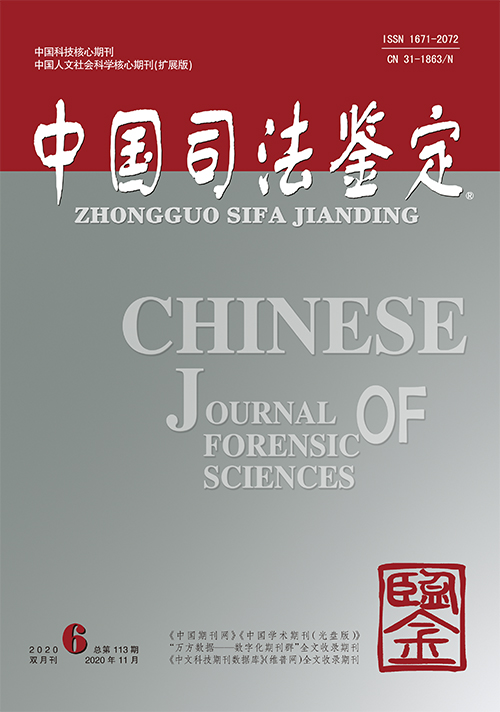The NPC Standing Committee promulgated the“Decision on Management of Forensic Appraisal” on 28 February 2005. It is a big improvement at the level of legislation, especially in the separation of trial and forensic appraisal, and the promotion of justice. The Criminal Procedure Law is under amendment again. The legislation on forensic appraisal should be amended on the basis of the “Decision on Management of Forensic Appraisal”. However, the Criminal Procedure Law Amendment (Draft) still puts forensic appraisal in the chapter of investigation, as a kind of “investigation behavior”, which is apparently a step backward from the aforementioned Decision. This article proposes that the amendment of the Criminal Procedure Law should be improved on the position of forensic appraisal, the right and obligation of appraisers, the obligation of clients and the limitation thereof, the process of making a forensic appraisal opinion and the notification thereof, and the re-appraisal, etc.

